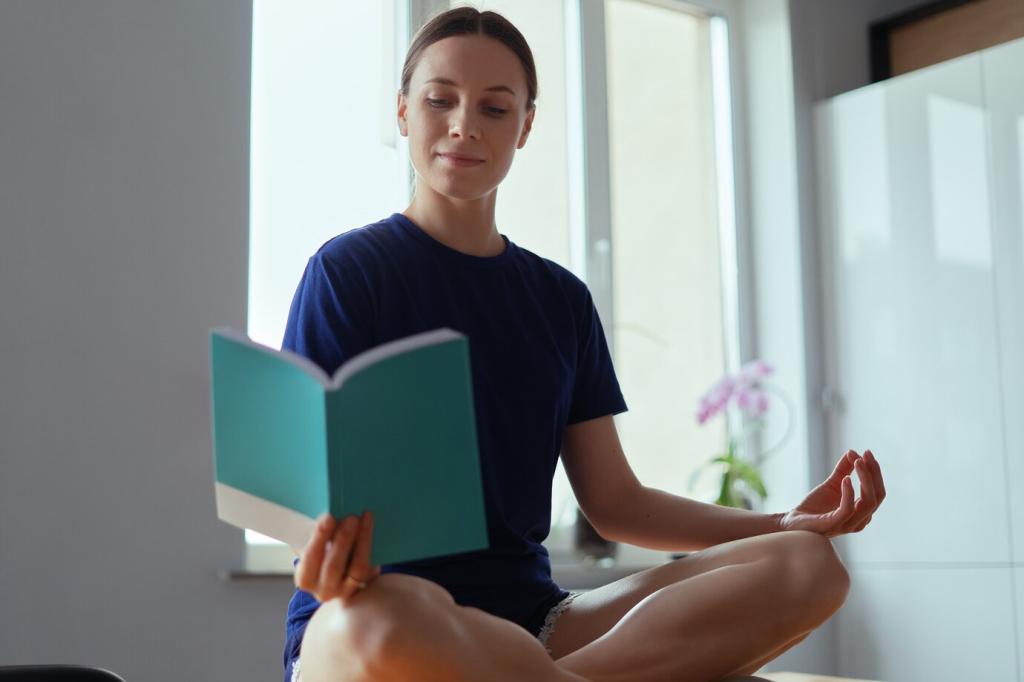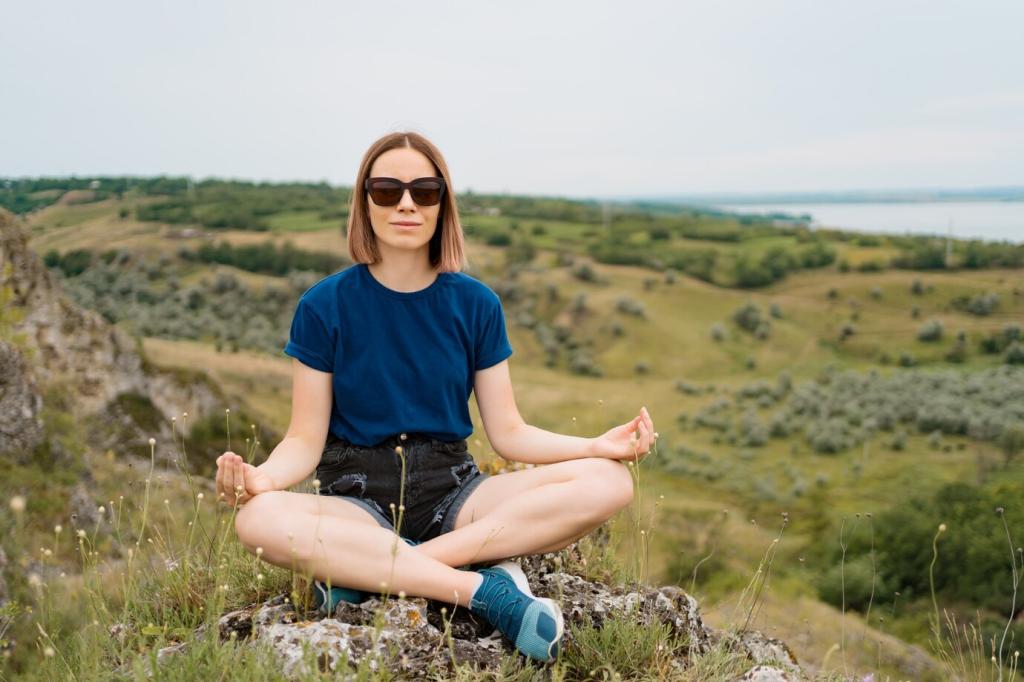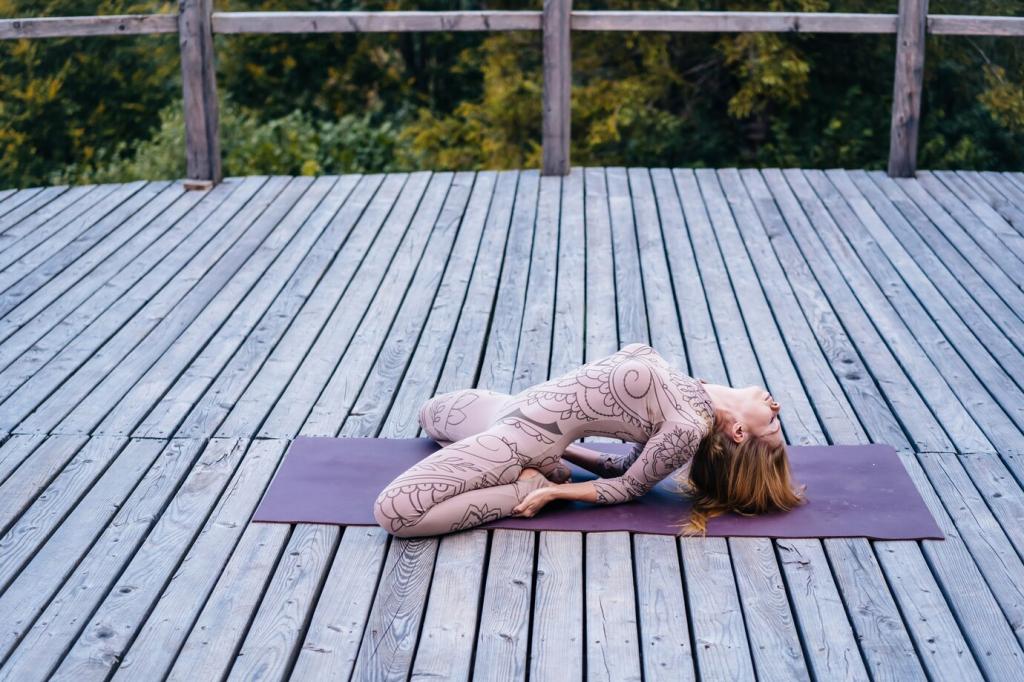What Progressive Muscle Relaxation Exercises Are and Why They Work
Developed in the 1920s by physician Edmund Jacobson, Progressive Muscle Relaxation Exercises help shift the body from sympathetic arousal to parasympathetic calm. By pairing brief tension with deliberate release, you train awareness, reduce bodily vigilance, and gently lower stress reactivity over time.
What Progressive Muscle Relaxation Exercises Are and Why They Work
A small story: a violinist I coached used Progressive Muscle Relaxation Exercises before rehearsals. After a week, she noticed fewer jaw aches and steadier bow control. The practice did not change her music overnight, but it changed how she inhabited each note under pressure.






